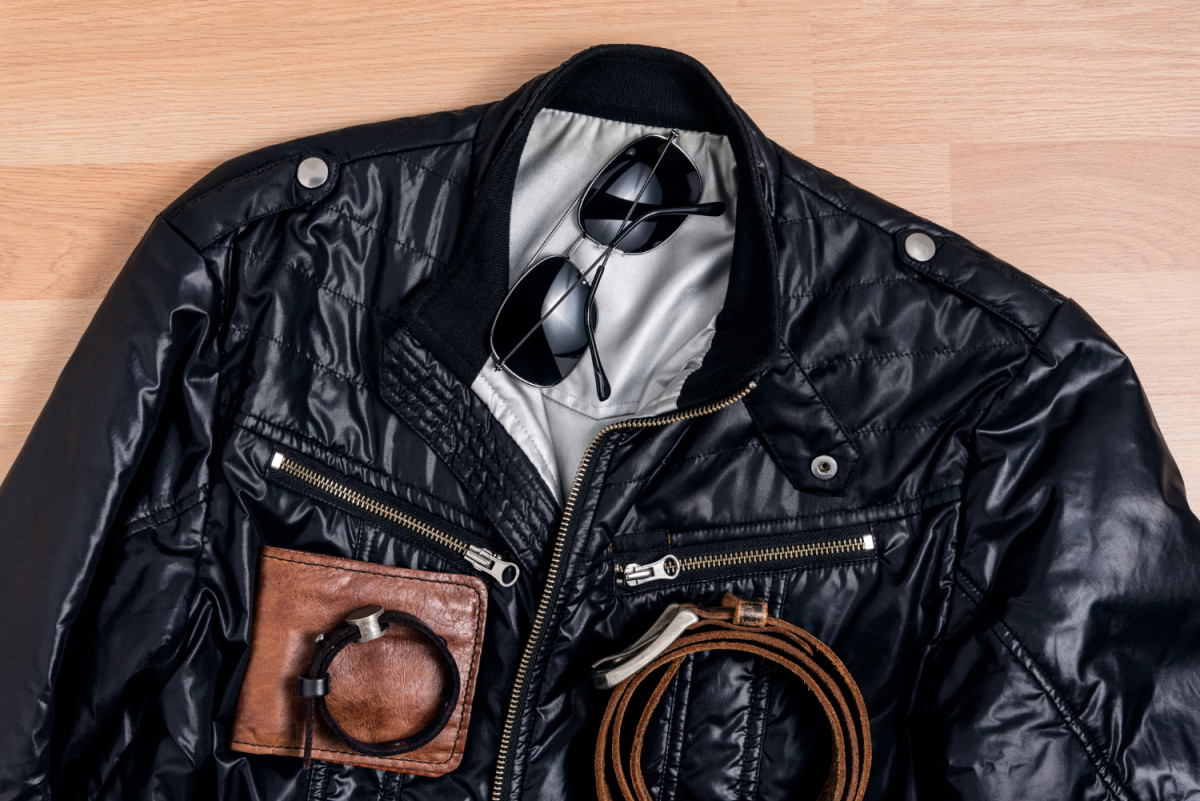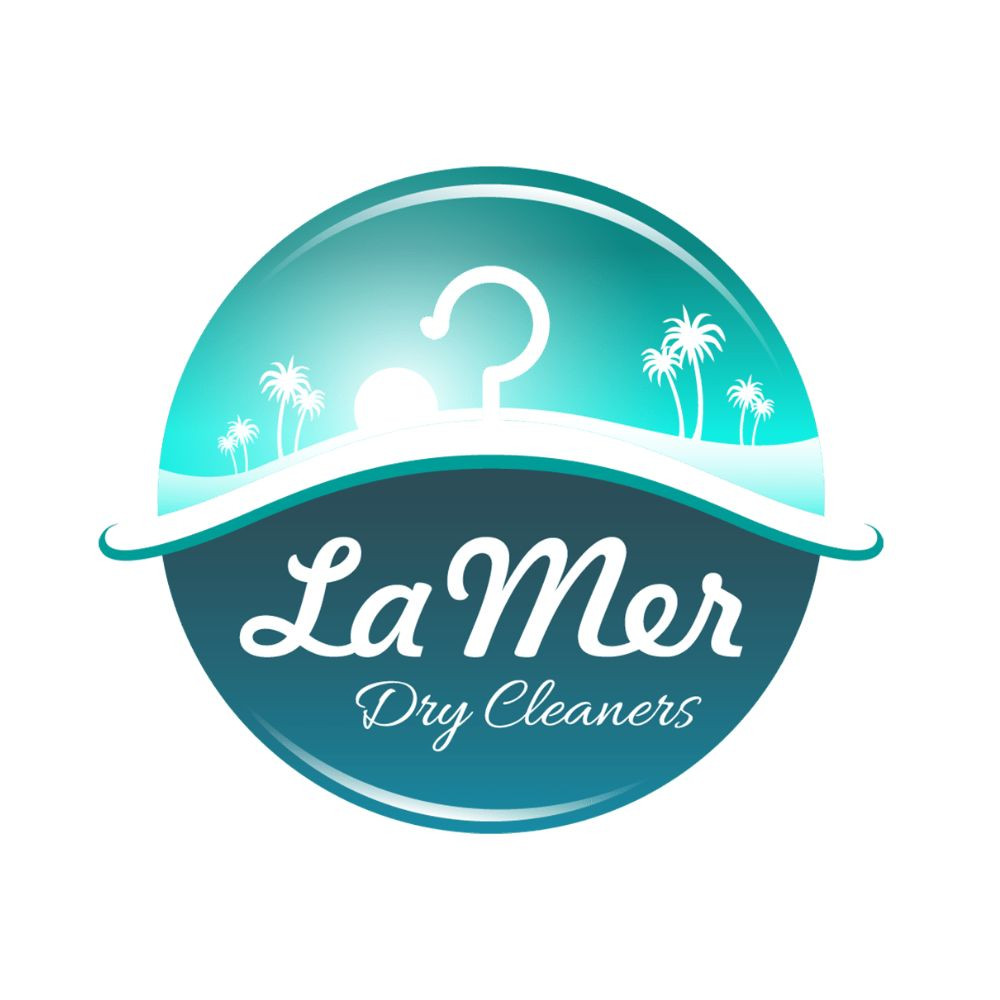Why Cleaning & Conditioning Are Vital for Leather Longevity
Leather goods have earned their “timeless” status for good reason. Whether it’s a soft, high-quality leather jacket purchased years ago or the go-to pair of classic boots worn every fall, well-maintained leather tends to improve with age. But that enhancement doesn’t happen on its own—it requires deliberate, proper care.
La Mer Dry Cleaners emphasizes that many leather owners mistakenly believe that cleaning alone suffices or only condition when leather begins to dry out. However, cleaning and conditioning serve two distinctly different purposes, and omitting either can significantly shorten both the life and appearance of leather goods.
For anyone uncertain about the necessity of these two steps, La Mer is setting the record straight. Their professional team outlines why both cleaning and conditioning are essential for preserving and protecting leather—ensuring every item looks its best for years to come.
What Is Leather Cleaning?
The First Step in Leather Preservation
Leather cleaning refers to the safe removal of dirt, oil, stains, and debris from the surface of leather to maintain its integrity and aesthetic appeal. Over time, leather items accumulate contaminants that weaken fibers and dull finishes if left untreated.
According to La Mer Dry Cleaners, regular cleaning does more than enhance appearance—it also shields leather from mold, mildew, and permanent staining. While certain cleaning methods can be done at home, there are specific scenarios where professional attention is strongly advised.
When It’s Safe to Clean Leather at Home
DIY Leather Care for Everyday Messes
Routine maintenance or minor messes can often be addressed with simple at-home techniques. La Mer recommends the following as safe opportunities for do-it-yourself leather cleaning:
- Light dust or body oils: Wipe gently with a soft microfiber cloth and a pH-balanced leather cleaner—never use household soaps or detergents.
- Small water-based stains: Blot gently (never rub) with a damp cloth to lift liquid residues.
- Ongoing upkeep: Cleaning leather furniture, shoes, or bags every few months helps prevent buildup and deterioration.
To do it right, a few tools are essential:
- A soft-bristled brush or vacuum with upholstery attachment
- Clean cotton or microfiber cloths
- A pH-balanced leather cleaning solution
- Distilled water for gentle rinsing
- A separate cloth for drying
The key is to use circular motions and minimal moisture. Because leather is porous, too much water can cause lasting damage, particularly in padded items.
When to Seek Professional Leather Cleaning
Knowing When Expert Help Is Required
There are times when professional expertise becomes non-negotiable. La Mer Dry Cleaners advises seeking professional help in these scenarios:
- Stubborn stains: Ink, oil blotches, or dye transfers often penetrate deep into leather and require specialized treatment.
- Delicate finishes: Suede, nubuck, and aniline leather are highly absorbent and easily damaged by improper cleaning methods.
- Large furniture or specialty items: Cleaning leather couches or car interiors requires training to avoid damaging seams, cushions, or finishes.
- Persistent odors: Lingering smells from smoke, pets, or mildew may signal deep-set bacteria or mold that demand commercial-grade solutions.
Customers are also encouraged to ask about the products used by professional cleaners, as some companies rely on harsh or silicone-based chemicals that can degrade leather over time.
What Is Leather Conditioning (And Why Is It Essential?)
Rehydrating Leather for Longevity and Beauty
Leather conditioning involves applying moisture-rich creams, oils, or waxes to restore lost softness and flexibility caused by daily wear or cleaning. Much like skin, leather naturally dries out, especially when exposed to sunlight, friction, or heat. Conditioning replenishes vital moisture, strengthens fibers, and enhances the natural patina that gives leather its unique beauty.
La Mer Dry Cleaners warns that skipping this step—while it might seem harmless—leads to irreversible damage over time. Without conditioning, leather becomes prone to:
- Cracking: Frequent contact areas like elbows or seat cushions are most vulnerable.
- Stiffness and distortion: Dry leather loses its form and becomes uncomfortable to wear or use.
- Fading and uneven color: Dehydrated leather loses vibrancy and takes on blotchy tones.
- Water damage: While well-conditioned leather resists water, dry leather absorbs moisture, leaving stains and salt rings.
- Premature wear: Ultimately, untreated leather fails to reach its full potential lifespan.
Conditioning is not a luxury—it’s responsible ownership. Whether caring for luxury handbags, vintage jackets, or equestrian gear, proper conditioning preserves quality and extends usability.
How to Condition Leather Properly
Step-by-Step Conditioning for Maximum Impact
La Mer Dry Cleaners provides this simple guide for safe and effective leather conditioning:
- Clean first: Conditioning dirty leather seals in grime, so always start with a clean surface.
- Choose the right formula: Select a conditioner suited to the specific leather type (avoid general products for suede or nubuck).
- Test beforehand: Apply the conditioner to a hidden area to check for changes in color or texture.
- Apply thinly and evenly: Use a dry cloth to massage a small amount in circular motions. A little goes a long way.
- Let it sit: Allow at least 30 minutes of absorption time; thicker leather may need longer.
- Buff gently: After absorption, use a clean towel to restore shine and remove residue.
La Mer recommends conditioning leather every 3–6 months. If leather appears dull, dry, or stiff between treatments, it’s a clear signal to reapply.
Other Expert Leather Care Tips
Beyond Cleaning and Conditioning
Leather care involves more than just the two foundational steps. La Mer Dry Cleaners shares these additional practices for maintaining leather items in peak condition:
- Avoid sunlight: UV rays fade color and dry out leather. Rotate cushions and use covers as needed.
- Keep away from heat: Radiators and vents can shrink and crack leather.
- Control humidity: Excess moisture causes mildew—use a dehumidifier in damp spaces and allow pieces to air out.
- Use clean hands: Natural oils from skin can transfer dirt, especially on light-colored leather.
- Store correctly: Use cotton or muslin bags for breathability and avoid plastic, which traps moisture.
- Don’t overstuff: Bulky wallets and overloaded bags distort leather shapes.
- Avoid harsh chemicals: Never use alcohol, bleach, acetone, or standard cleaning sprays.
Leather-Safe Household Alternatives
Gentle Products That Can Be Used with Care
While many household cleaners are unsuitable for leather, La Mer recommends these leather-friendly alternatives for minor use:
- Distilled water with mild baby soap for light cleanups
- White vinegar and water (1:1) for mildew or odors (always follow up with conditioner)
- Beeswax-based conditioners for deep moisture and water resistance
- Olive oil (for specific full-grain leathers only) to enhance shine, though it may darken lighter materials
When in doubt, always consult a leather care specialist or product manufacturer to avoid irreversible damage.
La Mer Dry Cleaners: Trusted Leather Experts in Palm Beach County
Leather may feel tough, but it requires gentle and consistent care to maintain its beauty and strength. Both cleaning and conditioning are necessary to protect your investment from cracks, fading, odors, and other long-term issues.
La Mer Dry Cleaners, located in Juno Beach, FL, provides expert leather care services for jackets, shoes, handbags, wallets, boots, and more. They also specialize in suede cleaning, repairs, and alterations—treating each item with premium, professional attention.
To schedule a leather service, customers are invited to call (561) 933-5004 or visit La Mer Dry Cleaners at 821 Donald Ross Rd, Juno Beach, FL 33408. Premium leather deserves premium care—and La Mer delivers just that, season after season.


